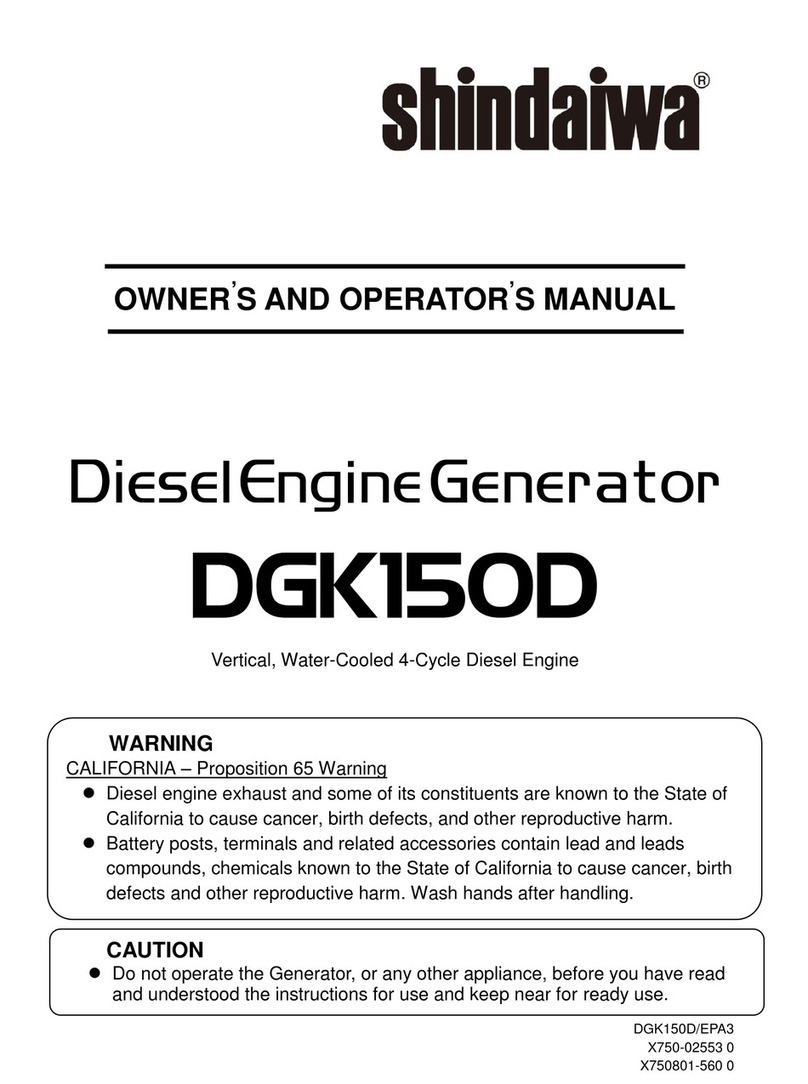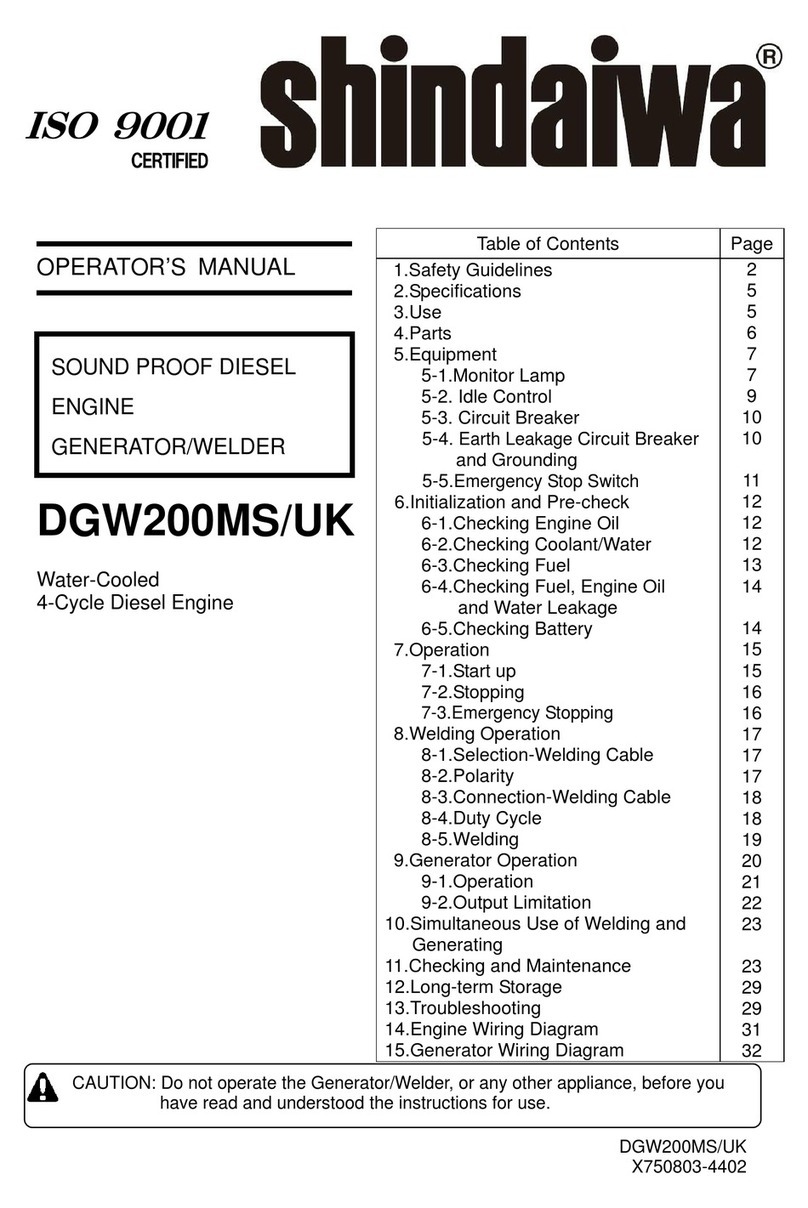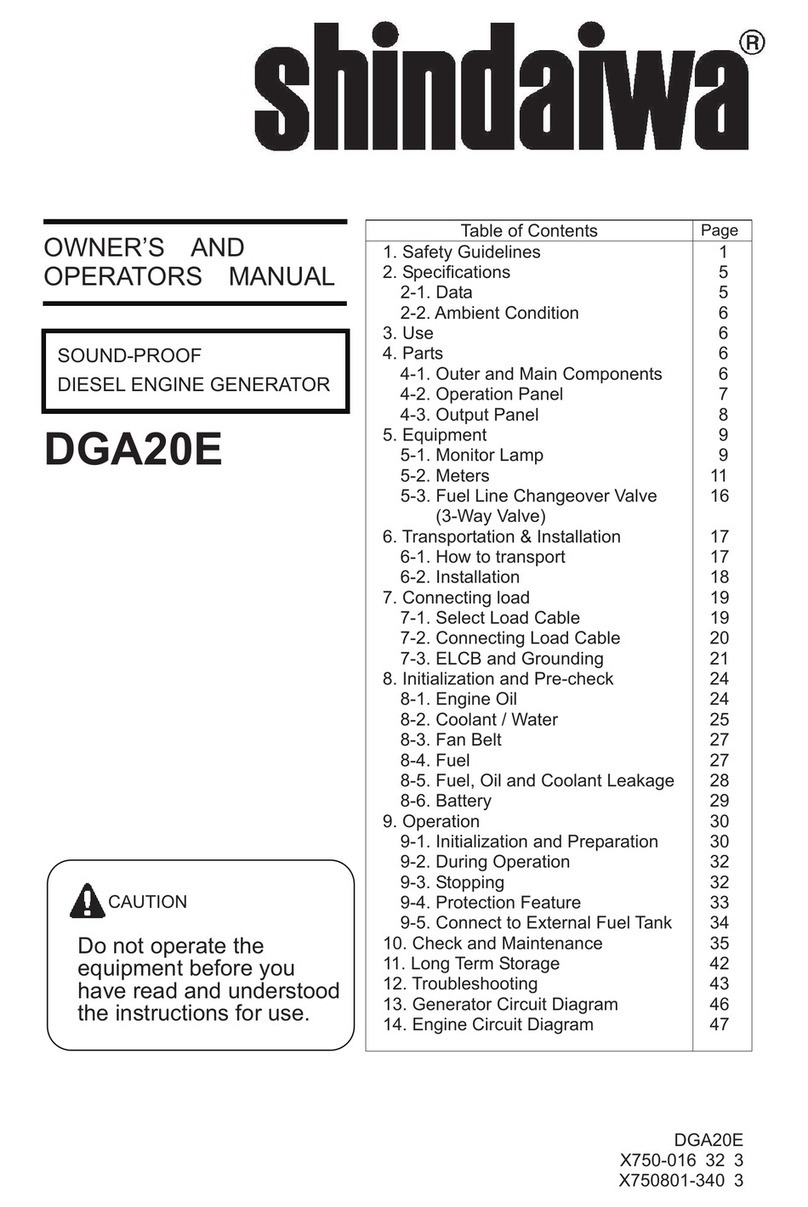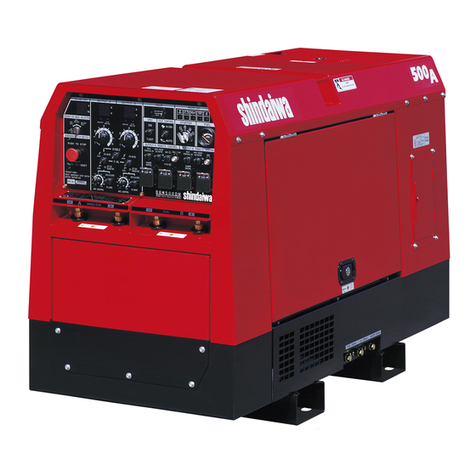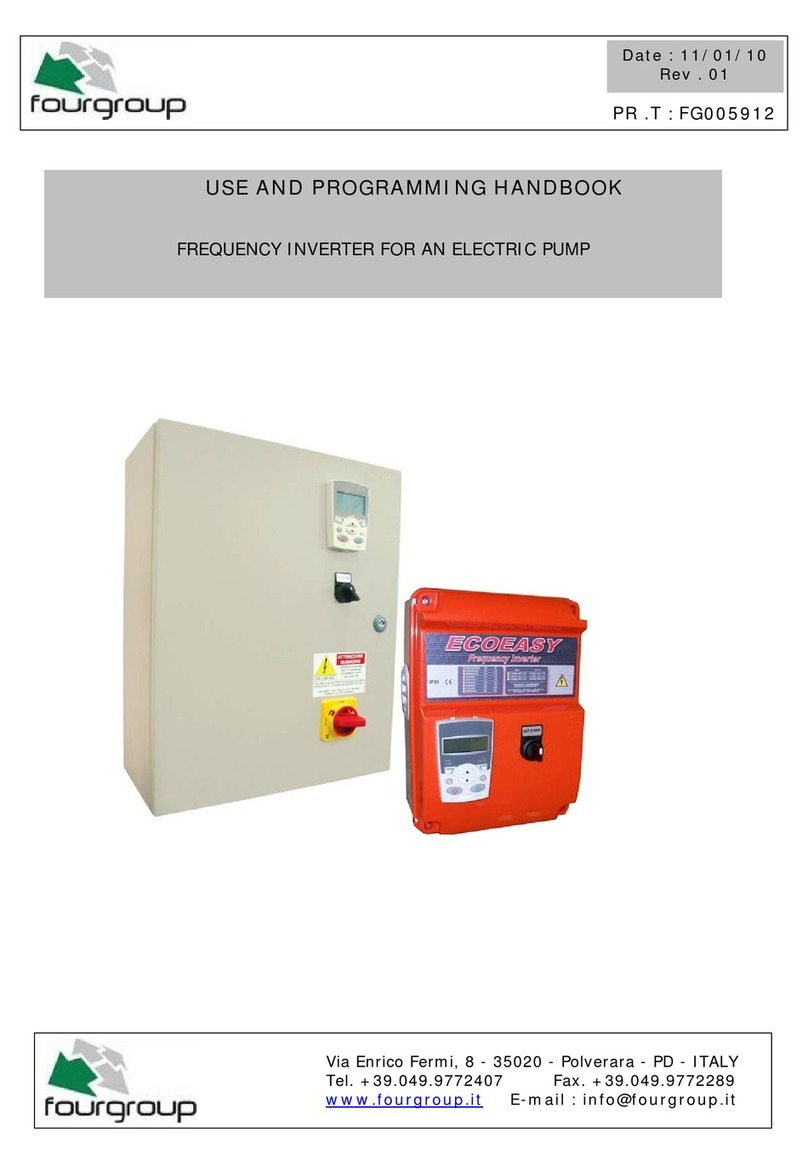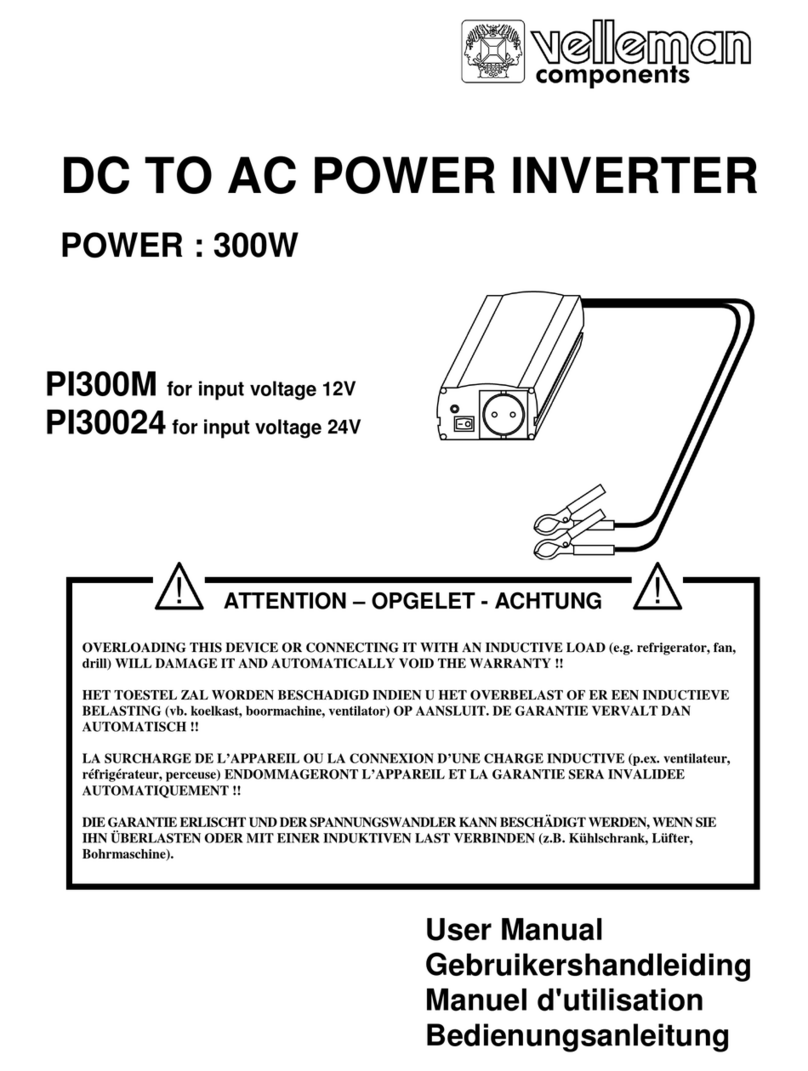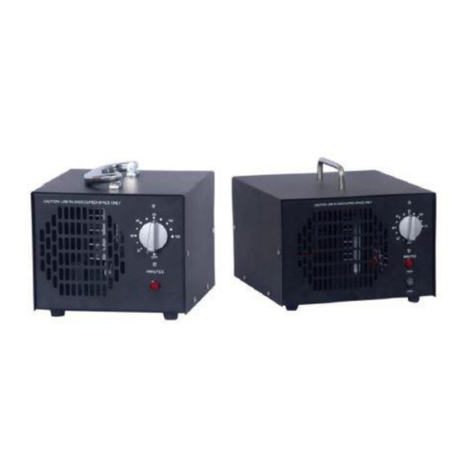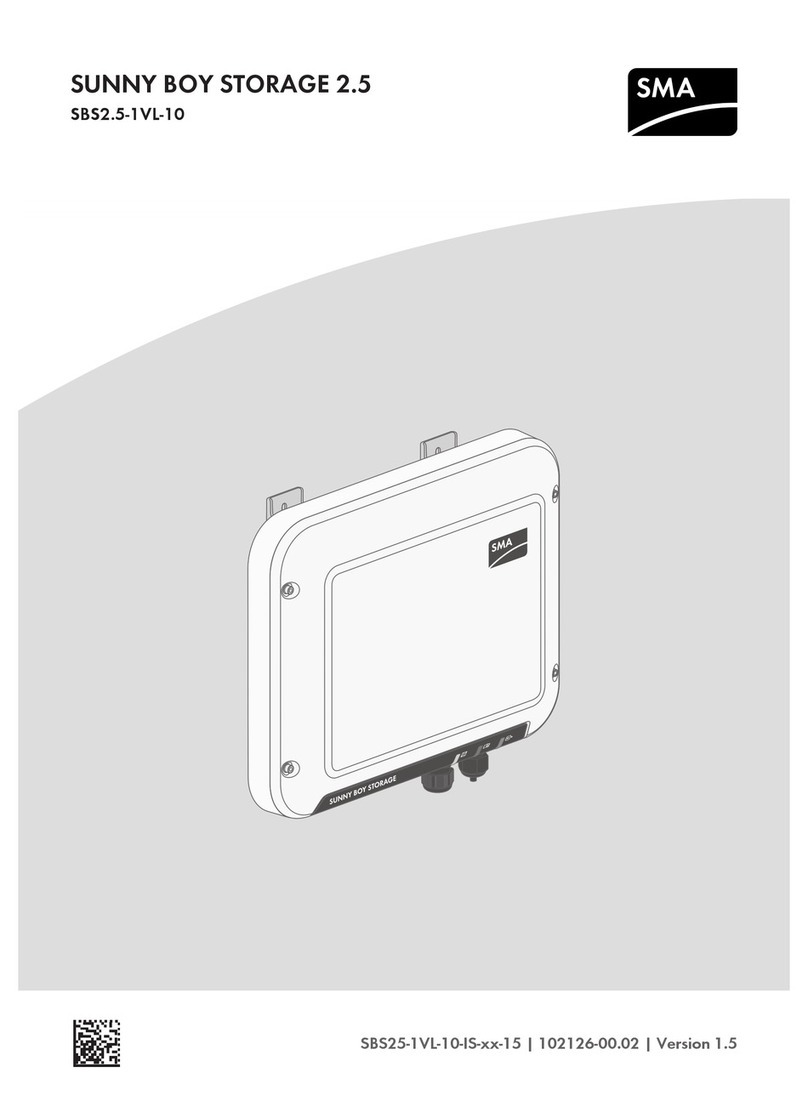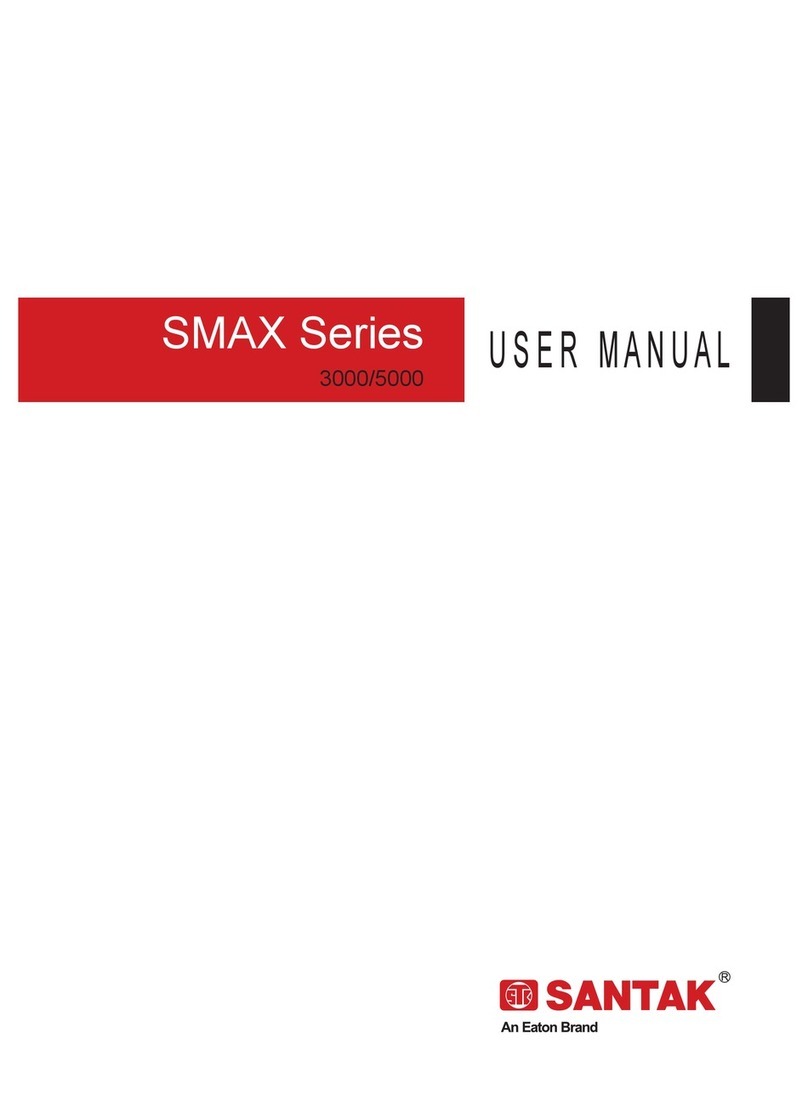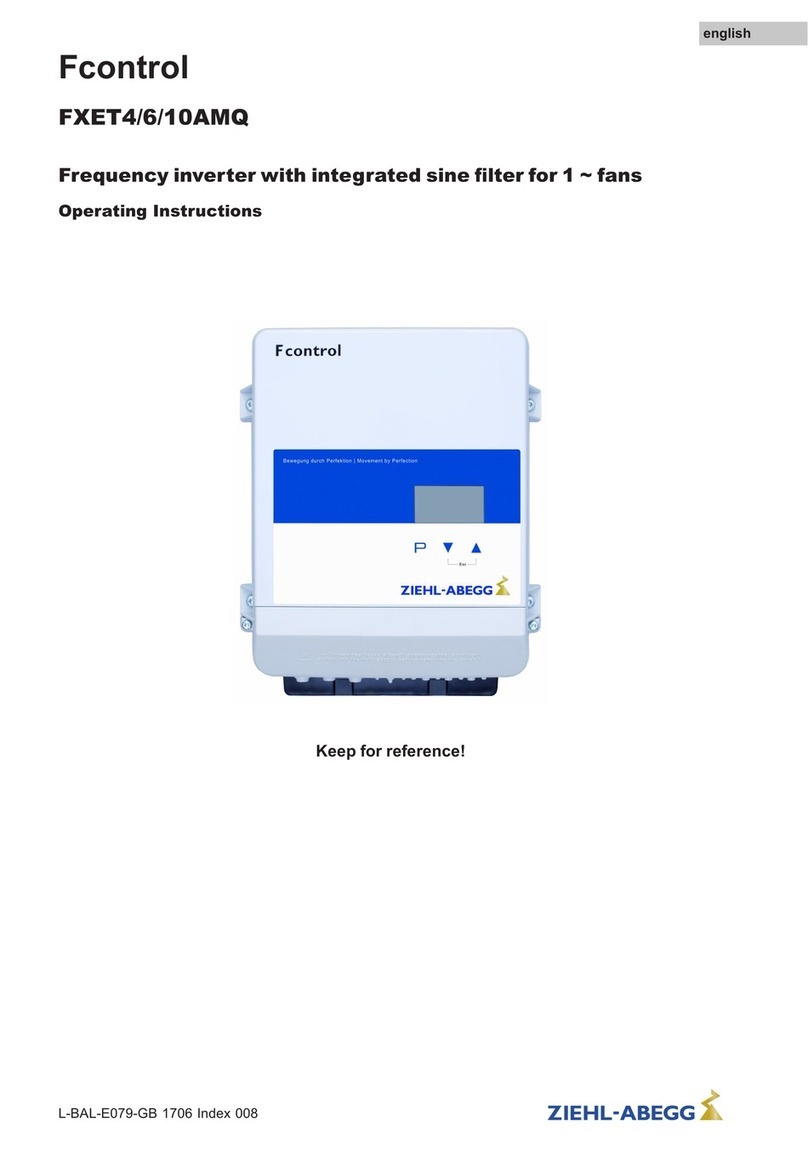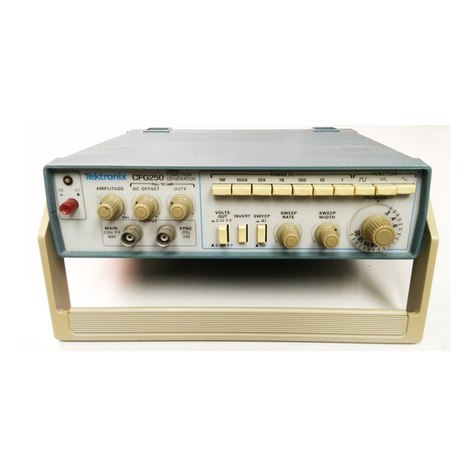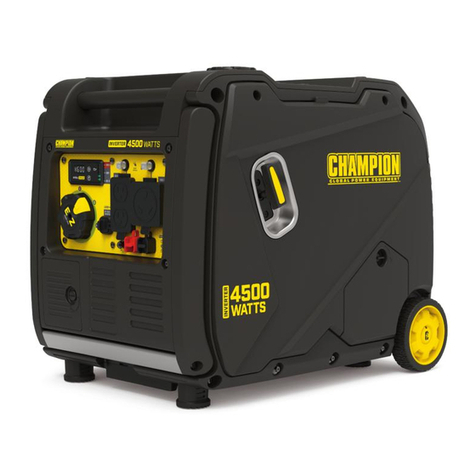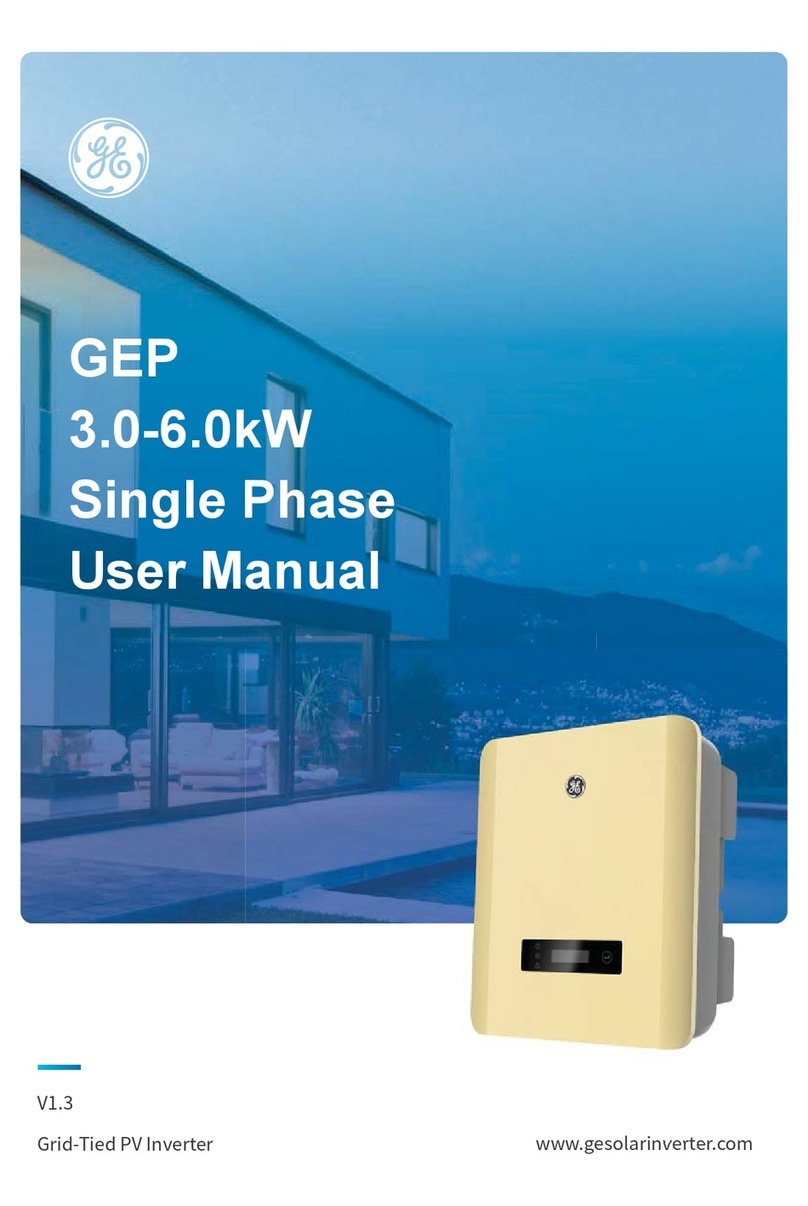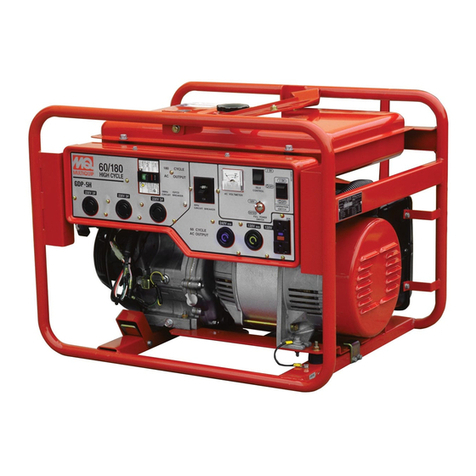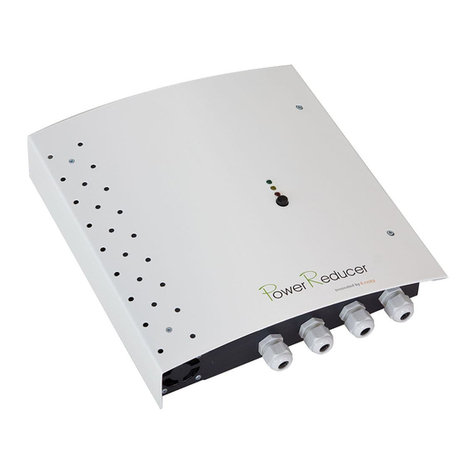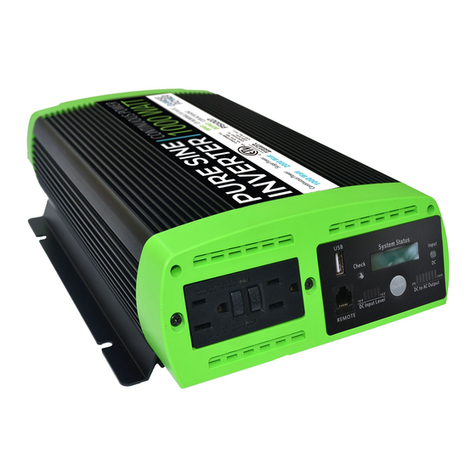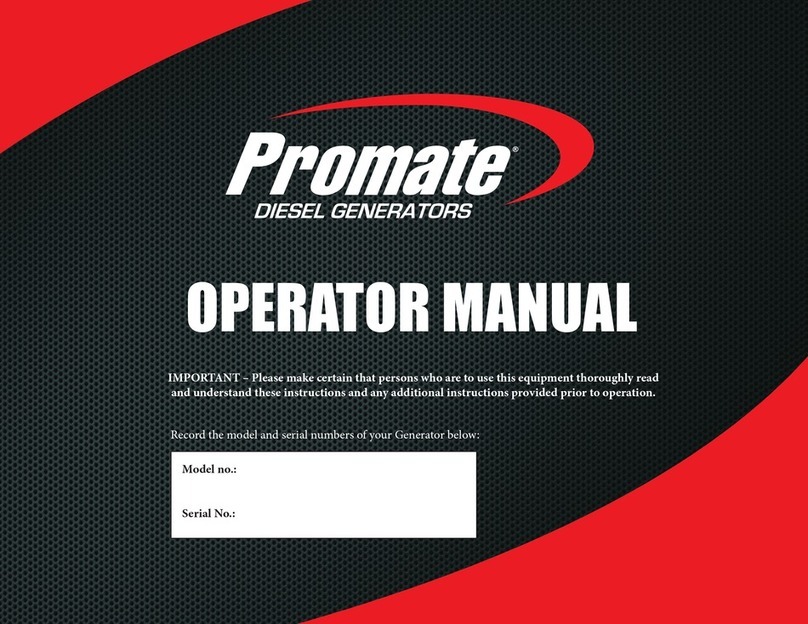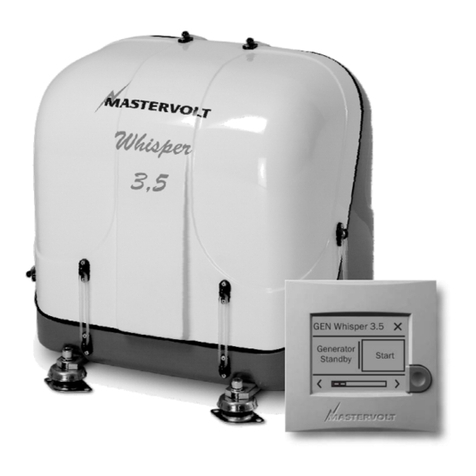
- 3 -
Caution : Fire
zThe equipment uses Diesel fuel as a fuel. When refueling, always stop the
engine and keep away from fire. Moreover, always wait until the engine cools
down before refueling.
zAlways wipe any drip of Diesel fuel or lubrication oil. Do not use this equipment
when a leak is found. Repair the equipment before use.
zTemperature around muffler and exhaust can get extremely high. Keep any
inflammable items (such as fuel, gas, paint, etc.) away from the equipment.
zKeep any inflammable items and easily burning items away from the place in
welding, because welding splashes spatters.
zAlways operate this equipment on flat surface and, at least 1 meter away from
any objects (wall, box, etc.).
zDo not connect AC output to any indoor wiring.
zAlways wait until the equipment cools down, before placing any covering
materials for storage.
Caution : Burns
zDo not touch the engine and muffler during operation and immediately after
stopping the equipment, for the temperature can reach extremely high.
zWhen checking engine oil or changing oil, always stop the engine, and wait until
the engine cools down. If you open either the oil gauge or the oil plug during
operation, hot oil may cause some injury.
zBe sure to wear leather gloves, apron, shoe covers, eye protection glass(es)
(mask), safety shoes, safety cap, and long sleeve shirts, because welding
splashes spatters.
zDo not open the side panel during operation and immediately after stopping the
equipment, because some parts/components (flexible tube, resistors, etc.) can
reach very high temperature inside the equipment.
Caution : Injuries
zWhen lifting the equipment, always use a lift hook. Do not lift a handle, for it may
cause equipment to drop due to handle breaking off.
zAlways place the equipment on a flat and stable surface, to keep the equipment
from sliding. Be sure to lock the wheels for the wheeled models.
zWhen starting the engine, turn off the connected equipment and set the circuit
breaker to OFF position.
zDo not move the equipment during operation.
zWhen performing equipment check and maintenance, always stop the engine.
zDo not operate the equipment, if the equipment is being modified or if the parts
are removed.
